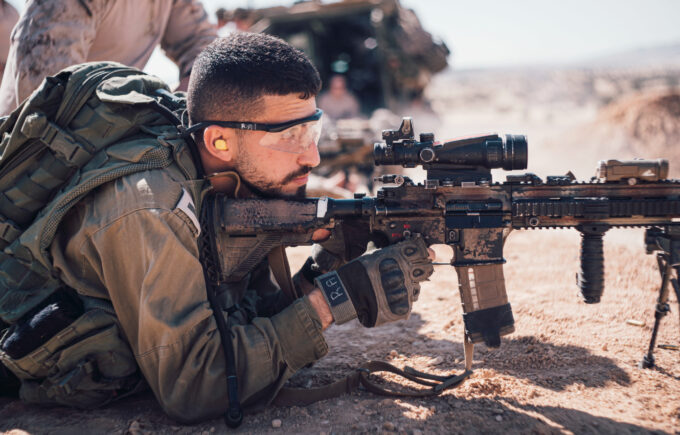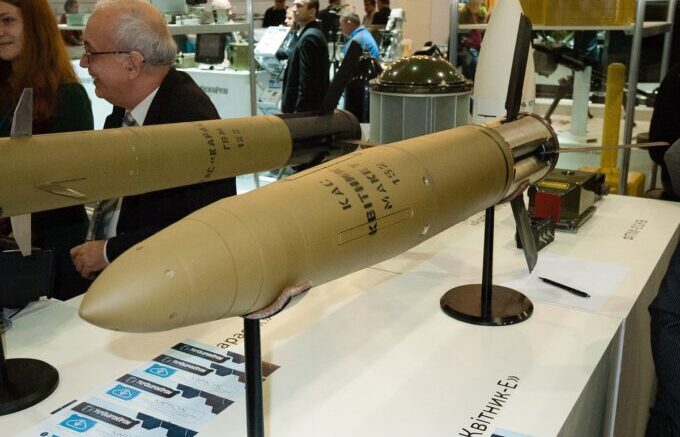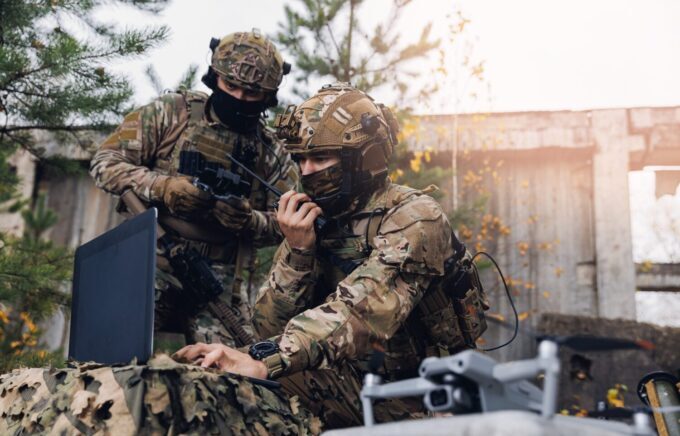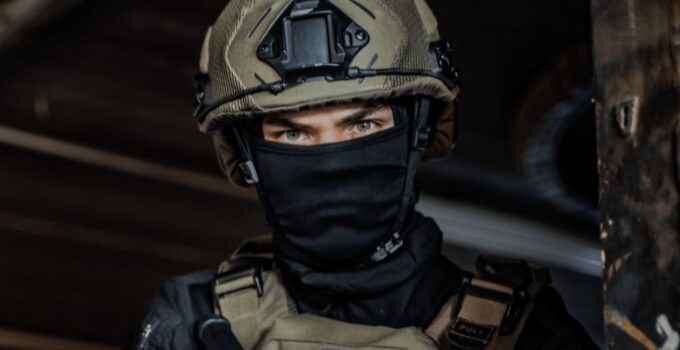In the rapidly evolving landscape of modern warfare, tactical gear innovations have emerged as a linchpin for military success. These advancements, ranging from precision munitions to advanced surveillance systems, have redefined the dynamics of combat, offering strategic advantages to armed forces.
This post will focus on two nations that have been at the forefront of adopting and utilizing these innovations: Israel and Ukraine. Both countries, due to their unique geopolitical challenges, offer invaluable insights into the practical application and impact of these cutting-edge military technologies.
Historical Context
The United States, as a global superpower, has consistently played a pivotal role in shaping the defense capabilities of its allies. For over half a century, the U.S. has been unwavering in its commitment to bolstering Israel’s defense mechanisms, recognizing the nation’s strategic importance in the Middle East. This alliance has been characterized by the transfer of advanced military equipment, joint training exercises, and intelligence sharing.
On the other hand, the recent Russian invasion of Ukraine has prompted the U.S. to extend its support to the Ukrainian armed forces. This involvement underscores the U.S.’s stance on preserving the sovereignty of nations and its dedication to upholding international law.
Israel’s Tactical Needs

Source: warontherocks.com
Israel, a nation perpetually at the crossroads of conflict, faces unique challenges given its geographical and political landscape. The densely populated Gaza Strip, for instance, presents a complex theater of operations.
In such environments, the margin for error is minimal, necessitating the use of precision munitions to minimize civilian casualties. Over the years, Israel has had to defend its citizens against thousands of rockets fired by Hamas. This incessant threat has driven Israel to develop and adopt advanced defense systems, showcasing the nation’s resilience and innovative spirit in the face of adversity.
Ukraine’s Tactical Needs
Ukraine’s military challenges are markedly different from those of Israel. Engulfed in a protracted conflict with a neighboring superpower, the Ukrainian armed forces have had to contend with a barrage of unguided artillery shells.
The sheer volume and intensity of these attacks have highlighted the significance of precision munitions, which can tilt the balance in favor of the defending force. In the face of such overwhelming odds, the tactical gear innovations adopted by Ukraine stand as a testament to the nation’s determination to defend its sovereignty.
Key Tactical Gear Innovations

Source: mezha.media
The Guided Multiple Launch Rocket System (GMLRS) stands as a testament to the monumental advancements in artillery systems. This system, with its precision and range, has revolutionized battlefield dynamics. Israel, always on the lookout for cutting-edge military technology, quickly recognized the system’s potential. They have since adapted the GMLRS, tailoring it to suit its specific operational needs and challenges.
Another significant leap in the artillery domain is the Excalibur, a GPS-guided projectile. Its unparalleled accuracy ensures minimal collateral damage, making it a preferred choice in conflict zones. However, modern warfare isn’t solely reliant on artillery. The Javelin, an infantry portable precision anti-tank weapon, has emerged as a game-changer. Its pivotal role in the Ukrainian conflict underscores the importance of versatile, man-portable systems in today’s complex battle scenarios.
Air Defense Systems
Air defense systems, often operating behind the scenes, are the unsung heroes of modern conflicts. They provide a protective shield, safeguarding civilians and infrastructure from aerial threats. Israel’s Iron Dome is a prime example. This state-of-the-art system has been instrumental in neutralizing the incessant rocket threats from groups like Hamas, saving countless lives. Delving deeper into advanced defense mechanisms, the Patriot missiles stand out.
These missiles offer a robust and reliable solution to counter sophisticated aerial threats, ensuring a nation’s airspace remains inviolable. Complementing these are Israel’s other defense stalwarts, systems like David’s Sling and Arrow. Specifically designed to tackle medium and long-range threats, they play a crucial role in further fortifying the nation’s skies against potential adversaries.
Intelligence and Surveillance

Source: besacenter.org
In today’s digital age, where information is power, intelligence and surveillance systems have ascended to paramount importance. These systems are the eyes and ears of armed forces, providing them with critical data in real-time. Whether it’s for high-stakes hostage rescue missions, covert operations, or simply tracking enemy movements, the value of real-time, accurate intelligence is immeasurable.
Enhancing this capability is the use of uncrewed aerial systems. These drones, especially in dense urban warfare scenarios, provide armed forces with a comprehensive bird’s-eye view of the battlefield. This aerial perspective is invaluable, enabling commanders to make informed, strategic decisions on the fly.
Counter-Drone Systems
With technological advancements come new challenges. The rapid proliferation of commercial drones is a testament to this. These seemingly harmless devices have been ingeniously repurposed by militant groups for combat roles, turning them into potential threats. This unexpected development has necessitated the swift evolution and deployment of counter-drone systems.
These systems are especially vital in urban settings, where the threat from rogue drones, whether for surveillance or direct attack, is significantly amplified. Nations are now investing heavily in developing technologies to detect, track, and neutralize these airborne threats.
Economic Implications
War, beyond its immediate human cost, has profound economic implications. Israel’s economy, for instance, has felt the strain, with sectors like tourism taking a significant hit. Given the scale of the conflict and its repercussions, there’s a potential need for U.S. economic assistance, both for immediate military needs and long-term post-war recovery.
Trade-offs and Prioritization
Supporting multiple allies in their respective conflicts presents the U.S. with a logistical and strategic conundrum. How does a superpower prioritize its commitments? While Israel’s longstanding alliance with the U.S. might give it an edge, the pressing needs of Ukraine in the face of an aggressive neighbor cannot be sidelined. These decisions, fraught with geopolitical implications, underscore the complexities of international diplomacy and defense strategy.
Conclusion
The evolving nature of warfare demands continuous innovation in tactical gear. As we’ve seen with Israel and Ukraine, the right equipment can make a significant difference in a conflict’s outcome. However, beyond the machinery and technology, the importance of international collaboration, mutual support, and a shared vision for peace and security remains paramount.







